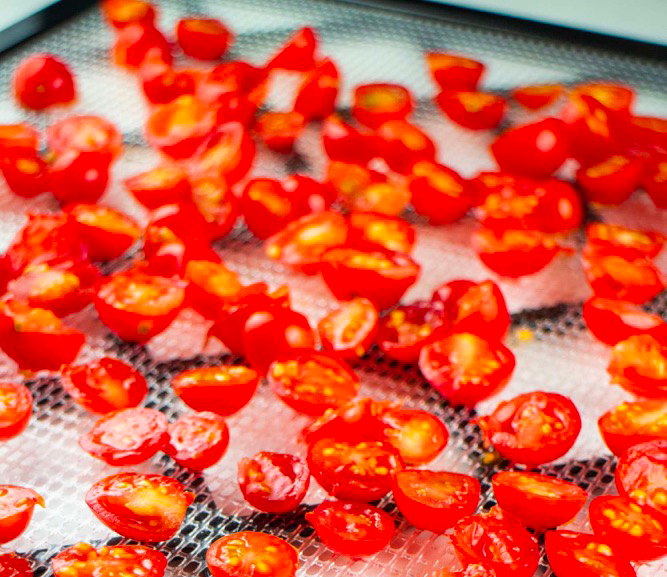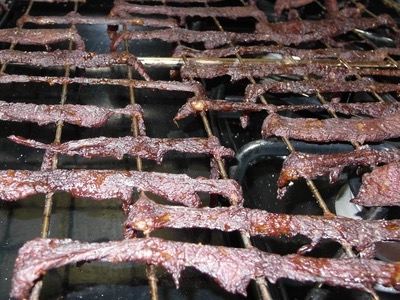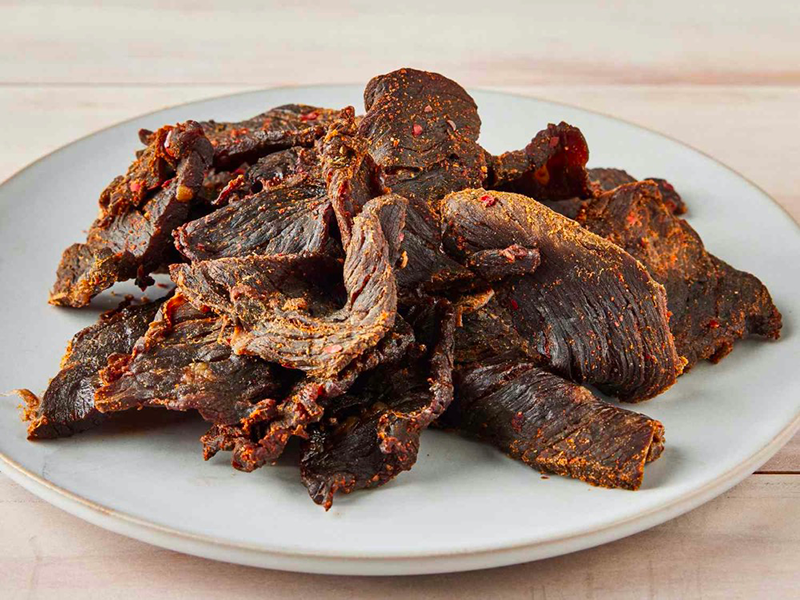
Content Menu
● Introduction to Food Dehydrators
>> Benefits of Using Food Dehydrators
● Types of Food Dehydrators
● How Food Dehydrators Work
>> Key Components of a Food Dehydrator
● Uses of Food Dehydrators
● Tips for Using Food Dehydrators
● Choosing the Right Food Dehydrator
● Conclusion
● Frequently Asked Questions
>> 1. What are the benefits of using a food dehydrator over other preservation methods?
>> 2. How do I store dehydrated foods to maintain their quality?
>> 3. Can I use a food dehydrator for drying flowers or herbs?
>> 4. How do I clean and maintain my food dehydrator?
>> 5. Are food dehydrators energy-efficient?
● Citations:
Food drying machines, commonly known as food dehydrators, are essential appliances for preserving food at home. These devices remove moisture from various types of food, extending their shelf life while retaining essential nutrients and flavors. In this article, we will explore the benefits, types, and uses of room type drying machines for home use, focusing on their versatility and convenience.

Introduction to Food Dehydrators
A food dehydrator is a specialized appliance designed to circulate warm air around food, gradually reducing its water content without cooking it. This process not only preserves food but also enhances its flavor and nutritional value. Dehydrators are available in various sizes and configurations, making them suitable for drying fruits, vegetables, meats, herbs, and even dairy products.
Benefits of Using Food Dehydrators
1. Preservation and Shelf Life: Dehydrated foods can last for months or even years when stored properly, reducing food waste and saving money on groceries.
2. Nutrient Retention: Unlike other preservation methods, dehydration helps maintain the natural nutrients in food, avoiding the need for preservatives like salt or sulfur.
3. Versatility in Recipes: Dehydrated ingredients can be rehydrated for use in various dishes, from soups and stews to baked goods and snacks.
Types of Food Dehydrators
Food dehydrators come in different types based on their design and functionality:
1. Stacking Tray Dehydrators: These are the most common type, where trays are stacked vertically. They are cost-effective and suitable for most home users.
Example: The JIMU Food Dehydrator is a popular choice with a sleek design and digital interface, ideal for beginners.
2. Horizontal Air Flow Dehydrators: These models, like the Excalibur, have horizontal vents that provide even drying without the need for tray rotation.
Example: Excalibur dehydrators are known for their nonstick trays and efficient moisture removal, making them ideal for drying beef jerky.
3. Commercial Food Dryers: These are larger and more powerful, often used for industrial-scale food drying.
Example: Toolsvilla offers an 8-tray food dryer suitable for commercial use, with adjustable temperature settings.

How Food Dehydrators Work
Dehydrators use a heating element and a fan to circulate warm air around the food, removing moisture without cooking it. This process is energy-efficient compared to using an oven and helps preserve the nutritional value of the food.
Key Components of a Food Dehydrator
- Heating Element: Provides the necessary warmth for drying.
- Fan: Circulates air to ensure even drying.
- Trays: Hold the food in place during the drying process.
Uses of Food Dehydrators
Food dehydrators are versatile appliances that can be used for a variety of tasks:
1. Drying Fruits and Vegetables: Perfect for making dried fruits, fruit leathers, and vegetable chips.
2. Making Jerky: Ideal for drying meats to create beef, turkey, or chicken jerky.
3. Preserving Herbs: Great for drying herbs like basil, rosemary, and thyme.
4. Drying Flowers: Can be used to dry flowers for crafts or potpourri.
5. Pet Treats: Useful for making healthy snacks for pets, such as dried liver or sweet potato treats.
Tips for Using Food Dehydrators
- Temperature Control: Adjust the temperature based on the type of food being dried.
- Time Management: Monitor drying time to prevent over-drying.
- Cleaning: Regularly clean the dehydrator to prevent bacterial growth.
Choosing the Right Food Dehydrator
When selecting a food dehydrator, consider factors such as size, features, and budget:
1. Size: Choose a model that fits your space and meets your drying needs.
2. Features: Consider models with digital controls, timers, and multiple temperature settings.
3. Budget: Balance cost with the features and quality you need.
Conclusion
Food dehydrators are valuable additions to any kitchen, offering a convenient way to preserve food while maintaining its nutritional value. Whether you're a health-conscious individual or a food enthusiast, these appliances provide endless possibilities for creative recipes and healthy snacks.

Frequently Asked Questions
1. What are the benefits of using a food dehydrator over other preservation methods?
Food dehydrators help retain nutrients, reduce food waste, and provide versatility in recipes without the need for preservatives.
2. How do I store dehydrated foods to maintain their quality?
Store dehydrated foods in airtight containers in a cool, dry place to prevent moisture absorption and spoilage.
3. Can I use a food dehydrator for drying flowers or herbs?
Yes, food dehydrators are suitable for drying flowers and herbs, preserving them for crafts or culinary use.
4. How do I clean and maintain my food dehydrator?
Regularly wash the trays with soap and water, and wipe down the exterior with a damp cloth to prevent bacterial growth.
5. Are food dehydrators energy-efficient?
Yes, food dehydrators are generally more energy-efficient than using an oven for drying food, as they operate at lower temperatures and use less power.
Citations:
[1] https://www.seriouseats.com/best-food-dehydrators-5216308
[2] https://blazemac.com/food-drying-machine-mastering-food-preservation.html
[3] https://etsolutions.in/convenience-drying-foods-home-food-dehydrator-machine/
[4] https://www.youtube.com/watch?v=mtDzdYoyeR8
[5] https://www.youtube.com/watch?v=qtC36z0HleQ
[6] https://www.linkedin.com/pulse/common-questions-food-dehydrators-aradmachinery
[7] https://www.webstaurantstore.com/guide/741/food-dehydrators-buying-guide.html
[8] https://www.bxdrymachine.com/faq
[9] https://brodandtaylor.com/pages/dehydrating
[10] https://hgic.clemson.edu/factsheet/drying-foods/
[11] https://airtekdehydrator.com/blog/health-advantages-using-food-dehydrator/
[12] https://www.thepurposefulpantry.com/dehydrating-faq/
[13] https://www.bestbuy.com/discover-learn/10-reasons-to-buy-a-food-dehydrator/pcmcat1634332391134
[14] https://www.ukjuicers.com/dehydrator-faqs-a603
[15] https://extension.umn.edu/preserving-and-preparing/drying-food
[16] https://www.foodandwine.com/lifestyle/kitchen/best-food-dehydrators
[17] https://www.youtube.com/watch?v=rR2G5UO-5Ms
[18] https://stock.adobe.com/search?k=dehydrator
[19] https://www.youtube.com/watch?v=3HcIhcG2eZk
[20] https://www.istockphoto.com/photos/food-dehydrator
[21] https://www.dehydratefood.info/faq/
[22] https://www.aromaco.com/faq/food-dehydrators/
[23] https://www.reddit.com/r/dehydrating/comments/11kewug/buying_a_dehydrator_share_your_tips_please/
[24] https://www.canr.msu.edu/resources/dehydrating-produce-basics
[25] https://harvestright.com
[26] https://www.youtube.com/watch?v=Zl4wTcCPJu0
[27] https://www.youtube.com/watch?v=m1K2mbk8WZo
[28] https://www.ike.cn/video.html
[29] https://www.hachettebookgroup.com/storey/buying-food-dehydrator/
[30] https://www.reddit.com/r/dehydrating/comments/1dh1tn1/question_about_maximum_temperatures_in_dehydrators/
[31] https://excaliburdehydrator.com/pages/faqs











